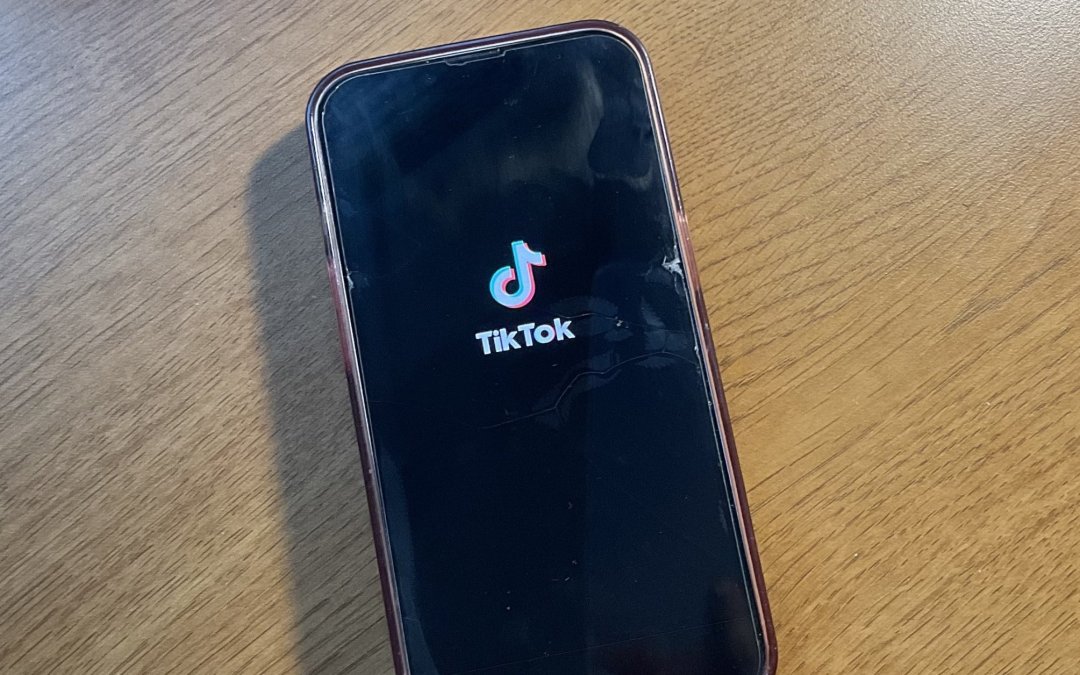WASHINGTON — “Money comes & goes, but I’ll never be in my 20’s again.” Meet the generation that has opened their wallets to this TikTok trend.
They’d rather spend money now than invest for retirement or write monthly budgets.
Generation Z demonstrates the lowest levels of financial literacy of any adult generation, according to a 2023 report by the TIAA Institute, an arm of the giant retirement firm. This generation is goaded by a consumerist social media culture that promotes exhibition while underplaying the finances needed to sustain it.
Gen Z, born between 1997 and 2012, has prioritized living in the now. A survey by Experian, one of the three giants that set consumer credit scores, revealed that 63% of the group would rather spend on an experience than invest in their retirement.
Economists like Laurence Kotlikoff, a Boston University professor and research associate at the National Bureau of Economic Research, agree that rampant consumerist culture has stifled the generation’s financial mobility.
“Everything is about advertising, and you’re looking at Instagram and you’re getting ads every instant,” said Kotlikoff.
TickPick, a popular marketplace for entertainment tickets, recently advertised on Instagram with the slogan “money will come back.” They are one of several companies that have capitalized on a TikTok trend encouraging users to spend money to live in the present.
“We’re constantly bombarded with people telling us to buy this, buy that,” said Stephen Lin, co-founder of an advocacy group called Gen-Z for FinLit.

Stephen Lin (right) and Matthew Shadid (left) of Gen Z for FinLit are fighting for more.

Only 25 U.S. states require some financial literacy course to graduate.
Matthew Shadid is Gen-Z for FinLit’s other co-founder and an undergraduate student at Babson College in Massachusetts. He calls these kinds of advertisements “psychological manipulation.”
“From a marketing standpoint, that is an amazing advertisement,” Shadid responded. “But that is a horrible sentiment, and that’s the reason so many young people don’t really think about their futures.”
Now, nearly half of Gen Z already carries some form of debt, including through credit cards and student loans, according to BankRate. Another report, this one from the online financial site CreditKarma, said the generation is racking up debt faster than any other.
Gen Z’s financial stresses aren’t all a result of their decision-making. Many in their generation faced an uphill climb as they entered the job market amid the COVID-era recession.
Credit is tempting: Consumers tend to view it like free money, according to Shadid. He says the recent statistic on credit card debt is a measure of how accessible capital is for their generation.
“It just leads to so much pain down the road,” said Shadid.
President Joe Biden touted his administration’s crackdown on junk fees and corporate greed at his State of the Union address this year, while just last week, the Consumer Financial Protection Bureau announced a cap of $8 on credit card late fees that will go into effect later this spring. Currently, credit card companies charge an average of $32. The bureau estimates the ruling will save consumers $10 billion in late fees.
Several groups representing big banks, including the U.S. Chamber of Commerce, have mobilized to sue, but the CFPB is doubling down.
The Gen-Z for FinLit founders say it is a step in the right direction, but not enough.
“There are a lot of predatory consumer practices, whether it be overdraft fees, buy now, pay later, or other payday loans that are really affecting Gen Z consumers,” said Lin, himself a college student at New York University’s Stern School of Business. “These Gen Z consumers, who don’t have that financial knowledge, can’t really handle this themselves.”
Lin and Shadid acknowledge there are many economic factors working against their generation–rising prices, inflation that is outpacing wage growth, and student loan debt, to list a few.
Generation Z is more likely to be college-educated, employed full-time, and earning higher wages than their parents were at the same age three decades ago, according to Elizabeth Renter, a data analyst at American personal finance company NerdWallet.
But, Renter said, Generation Z contends with their own unique challenges.
“Student loan debt and housing affordability weigh more heavily now than they did in the 1990s,” she said.
In the face of these stressors, Lin calls personal finance education an “equalizer” and “game changer.”
Currently, only 25 U.S. states require some financial literacy course to graduate; the youth-run advocacy group is pushing for more.
“The only thing you can control is your education and the decisions you make based off that. The macro factors are the macro factors – and that’s it,” said Shadid.
Haley Sacks, affectionately known as Mrs. Dow Jones online, is a financial expert who has made herself an educational resource to younger generations.
People’s money mindsets – the way they approach money – are fixed by the age of 7, Sacks said during a talk sponsored by Washington Post Live.
With the proliferation of social media and streamlined payment mechanisms that younger generations have grown accustomed to like “tap to pay” and “buy now, pay later” – Sacks says it’s harder for young people to foster healthy spending habits.
Sacks said younger generations have evolved their definition of the American Dream.
“With the changing tides and the world that we’ve inherited, the financial education needs to change too,” Sacks continued. “It’s a completely different economy and world that we’ve inherited.”
For Gen Z, the American Dream is all about freedom of choice, whether that be the traditional path of home ownership or paving your own way, Shadid said.
For some, that means breaking societal expectations, and choosing to live at home with their parents.
“Looking at your own financial circumstance, and understanding that your financial journey is yours and not someone else’s is an important mindset to have,” Lin said.



